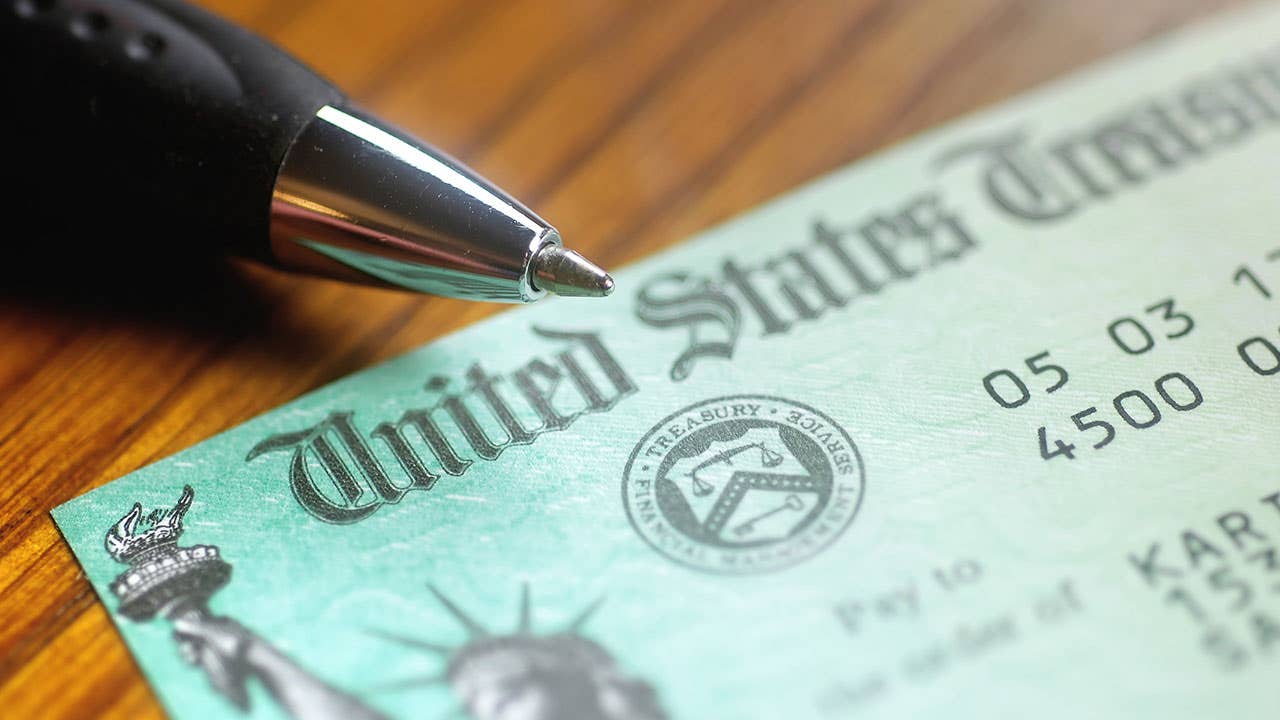Tax refund schedule 2023: How long it takes to get your tax refund

The Bankrate promise
At Bankrate we strive to help you make smarter financial decisions. While we adhere to strict , this post may contain references to products from our partners. Here's an explanation for .
More than 90 percent of tax refunds are issued by the IRS in less than 21 days, according to the IRS. However, the exact timing of receiving your refund depends on a range of factors, and in some cases, the process may take longer.
If you’re owed a refund, you’re probably eager for it to arrive. Here’s what you need to know to predict how long you’ll wait for your refund.
How long will my tax refund take?
The IRS sends over 9 out of 10 refunds to taxpayers in less than three weeks.
Unfortunately, a 21-day delivery of your tax refund isn’t guaranteed. There are a number of factors — including the choices you make when you file — that could impact how long it takes for you to receive your tax refund.
You get to choose how you want to receive any refund the IRS owes you. Here are your options:
- Direct deposit into your checking account or savings account (this is the fastest way to get your refund).
- Paper check sent through the mail.
- Debit card holding the value of the refund.
- Purchase up to $5,000 in U.S. Savings Bonds.
- Split your refund among up to three financial accounts in your name, including a traditional IRA, Roth IRA or SEP-IRA.
- Deposit into your Health Savings Account (HSA), Archer MSA or Coverdell Education Savings Account (ESA).
The delivery option you choose for your tax refund will affect how quickly you receive your funds. According to the IRS, the fastest way to receive your refund is to combine the direct deposit method with an electronically filed tax return.
Tax refund process
Below is an estimated breakdown of how soon you might expect to receive your tax refund, based on filing and delivery choices.
Federal tax refund delivery time estimations
| Delivery type | Estimated delivery time (date filed – receipt of tax refund) |
|---|---|
| E-file with direct deposit | 1-3 weeks |
| Paper file with direct deposit | 3 weeks |
| E-file with refund check in the mail | 1 month |
| Paper file with refund check in the mail | 2 months |
Other factors that could affect the timing of your refund
Additional factors could slow down the processing of your tax refund, such as errors, incomplete returns or fraud.
Taxpayers who claim the earned income tax credit (EITC) or the additional child tax credit (ACTC) may see additional delays because of special rules that require the IRS to hold their refunds until Feb. 28. You should also expect to wait longer for your refund if the IRS determines that your tax return needs further review.
Refunds for returns that have errors or that need special handling could take more than four months, according to the IRS. Tax returns that need special handling include those that have an incorrect amount for the Recovery Rebate Credit and some that claim the EITC or the ACTC. Delays also occur when the IRS suspects identity theft or fraud with any return.
Respond quickly if the IRS contacts you by mail for more information or to verify a return. A delay in responding will increase the wait time for your refund.
If you submitted an amended tax form, it may take more than 20 weeks to receive a refund due to processing delays related to the pandemic.
How to track the progress of your refund
The IRS has eliminated the guesswork of waiting for your tax refund by creating IRS2Go, an app that allows you to track the status of your return. You can also check the status of your refund with the “Where’s My Refund?” online portal.
Both tools provide personalized daily updates for taxpayers 24-36 hours after a return is e-filed or four weeks after the IRS has received a paper return. After inputting some basic information (i.e., your Social Security number or ITIN, filing status and the exact amount of your refund), you can track your refund’s progress through three stages:
- Return received.
- Refund approved.
- Refund sent.
Once your refund reaches the third stage, you will need to wait for your financial institution to process a direct deposit or for a paper check to reach you through the mail.
What to do once your refund arrives
For many people, their IRS tax refund is the biggest check they receive all year, the IRS says. In anticipation of your windfall, it’s wise to have a plan for how you’re going to use your refund. Deciding how to spend, save or invest the money in advance can help stop the shopping impulse from getting the best of you.
Your refund is yours to use how you see fit and can be used to help pay for day-to-day expenses or invested for long-term financial stability.
If you’re expecting a refund, put it to good use. Looking for inspiration? Bankrate offers five smart ways to invest your tax refund.
Learn more:
Related Articles


Tax season 2023: Everything to know before you file and how to get your refund fast

